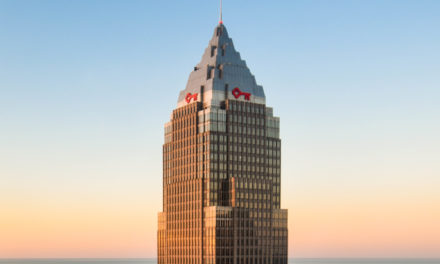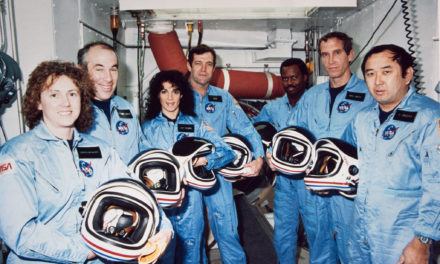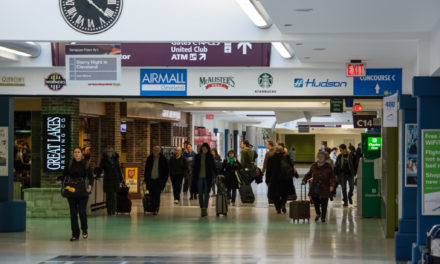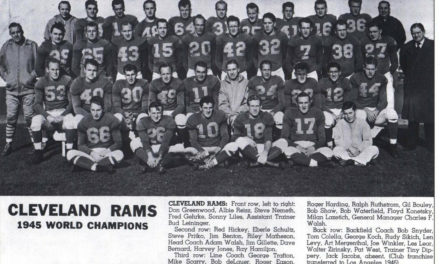CLEVELAND HISTORY
Cleveland Museum of Art Armor Court Dedication (November 11, 1921): The Armor Court at the Cleveland Museum of Art was officially dedicated on this date, marking a significant enhancement to the museum’s collection. The court features an extensive array of medieval European armor and weaponry, offering visitors a deep dive into the craftsmanship and history of armory. This addition has since become one of the museum’s most celebrated exhibits, attracting scholars and enthusiasts alike.
Cleveland Designated as “All-America City” (November 12, 1976): Cleveland earned the prestigious “All-America City” title from the National Civic League on this date, a recognition of the city’s strong community leadership, civic engagement, and successful tackling of critical issues. This accolade highlighted Cleveland’s efforts in urban revitalization and community building, reflecting the city’s resilience and capacity to unite and innovate.
Opening of the Innerbelt Freeway (November 13, 1956): The Innerbelt Freeway, a significant part of the Interstate 90 system, was officially opened to traffic, greatly enhancing urban connectivity and infrastructure in Cleveland. This freeway played a crucial role in shaping the city’s transportation landscape, facilitating easier movement across the metropolitan area and supporting economic and suburban development.
Great Lakes Exposition (1936-1937): Held on the shores of Lake Erie, the Great Lakes Exposition was designed to boost Cleveland’s economy during the Great Depression. Running over two summers in 1936 and 1937, it showcased the city’s industrial achievements and cultural vitality. The exposition featured a blend of educational displays, entertainment attractions, and international pavilions, drawing millions of visitors and greatly impacting the city’s cultural and economic life.
The Beatles Concert at Cleveland’s Public Auditorium (November 17, 1964): On this day, The Beatles performed at the Public Auditorium in Cleveland, marking a significant event in the city’s musical history. Part of their first major international tour, the concert drew massive crowds and generated widespread excitement, underscoring Cleveland’s status as a key location in the evolving rock music scene.
WORLD HISTORY
November 11, 1918: Armistice Day – This date marks the end of World War I when the armistice was signed between the Allies and Germany at Compiègne, France. This cessation of hostilities took effect at the 11th hour of the 11th day of the 11th month, symbolically ending the war and later commemorated as Armistice Day, now observed as Veterans Day in the United States and Remembrance Day in many Commonwealth countries.
November 12, 1989: The fall of the Berlin Wall – Following the peaceful revolution in East Germany, the government lifted travel restrictions to the West on November 9th. By November 12th, East and West Germans were demolishing large parts of the wall, symbolizing the end of the Cold War and leading to German reunification less than a year later.
November 13, 2015: Paris attacks – A series of coordinated terrorist attacks occurred in Paris, France, involving mass shootings, suicide bombings, and hostage-taking. The Islamic State of Iraq and the Levant (ISIL) claimed responsibility for one of the deadliest attacks in France since World War II, deeply impacting global politics and security policies.
November 15, 1867: First stock ticker debuts – This device, invented by Edward Calahan, revolutionized the financial industry by providing nearly instantaneous stock price information across telegraph lines. It was first unveiled in New York City, marking a significant innovation in the way stock exchanges operated and information was disseminated.
November 17, 1558: Elizabethan Era begins – Queen Elizabeth I ascended the throne of England upon the death of her sister, Queen Mary I. Her reign, known as the Elizabethan Era, is famous for the English Renaissance, an age of English cultural flourishing, and for the defeat of the Spanish Armada in 1588.






